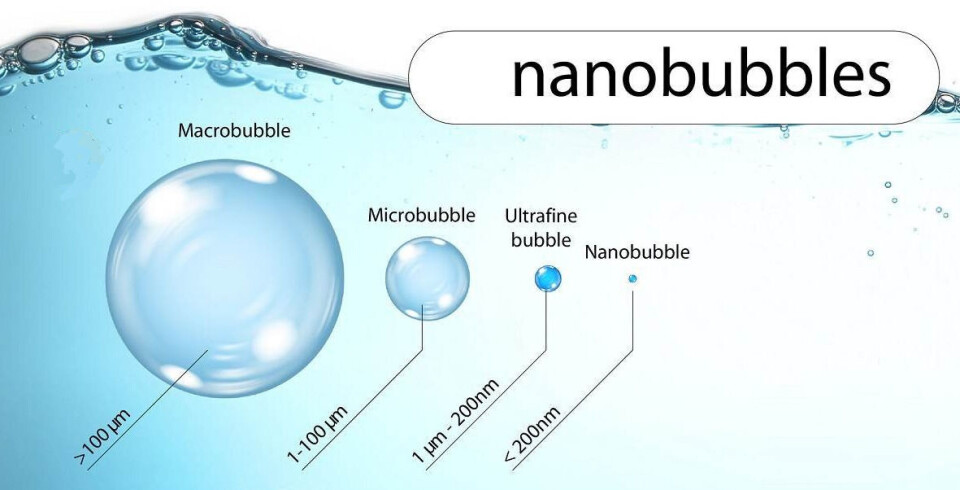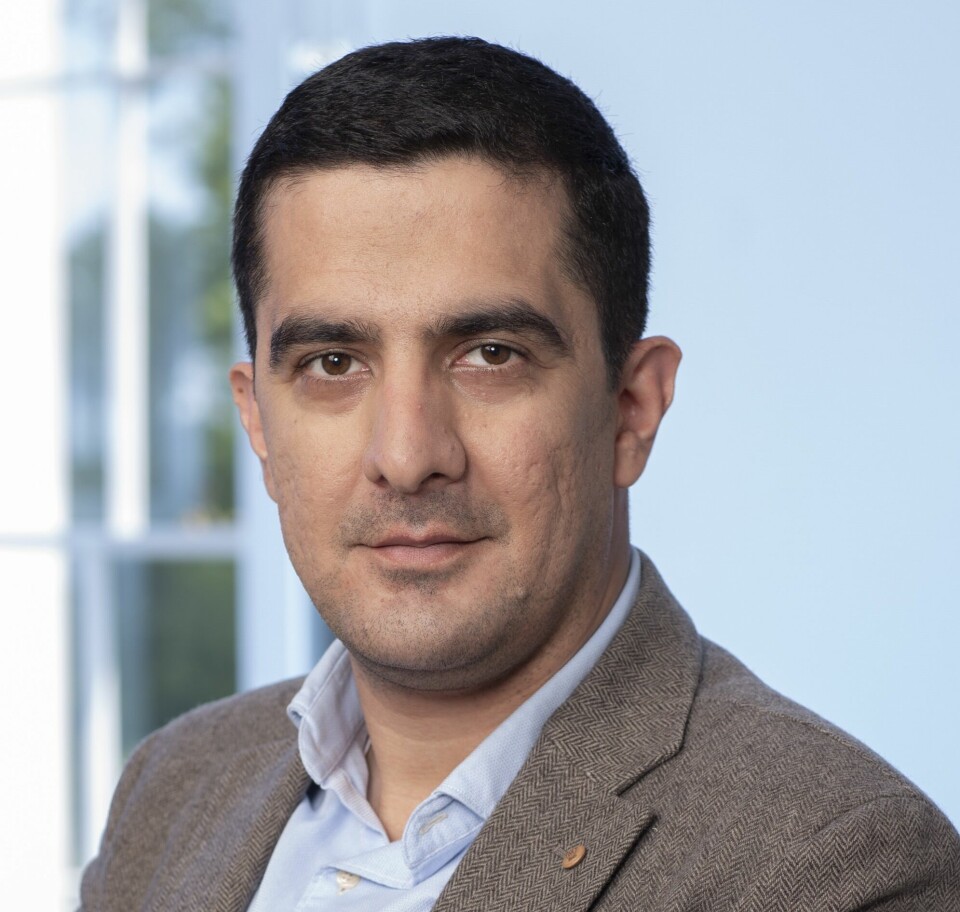
Backing for nanobubble generator that uses less power than a lightbulb
Irish start-up seeking field trials with salmon and shellfish farmers after fundraise
An Irish start-up company that has developed technology to produce nanobubbles using much less electricity than existing devices has secured first-round funding of €900,000 (£786,000) from a consortium of venture capital investors.
The funding will support product development and field trials in aquaculture, with the aim of going to market in 2024, said NanobOx, a spin-out from University College Dublin (UCD).
NanobOx said it has developed novel, patented nanobubble aeration technology that generates high concentrations of oxygen enriched nanobubbles from air with a very low power requirement. Nanobubbles are the smallest possible size of bubble, having the highest rate of oxygen transfer.


“Our technology uses a low-voltage electric field to generate nanobubbles directly in water, using less power than a lightbulb,” said chief executive Dr John Favier, who co-founded NanobOx with Trinity College Dublin engineering professor, Dr Mohammad Reza Ghaani, who developed the technology while at UCD School of Chemical and Bioprocess Engineering . “Nanobubble generation is therefore unaffected by the solids loading and is resistant to fouling.”
Maintaining dissolved oxygen concentration in water is
critical to almost all controlled biological processes, but according to Favier
the technologies employed in the $50 billion-plus water aeration market are
highly inefficient.
Long lasting
“We uniquely generate nanobubbles from air that are enriched with oxygen, providing an oxygen-transfer efficiency of 90%, compared to less than 20% using conventional aeration,” he said. “The nanobubbles are long lasting and act as an oxygen buffer as dissolved oxygen is consumed by fish or microbes.”
NanobOx is initially targeting land-based and marine salmon, trout and mollusc farming, with plans to develop solutions for shrimp and other species.
“Our first-generation products are being designed under exclusive licence from UCD for use in aquaculture. We aim to radically cut the cost of oxygenation, as well as enhancing animal health and boosting growth rate,” said Favier.
NanobOx said its technology also has application as a chemical-free cleaning and sanitising system using air or ozone. Enriched oxygen air nanobubbles are highly oxidative when they break and provide a chemical-free means of suppressing phytoplankton, sanitising pipelines, and reducing the microbial loading on seafood to increase its shelf life. The much greater numbers and longer lifetime of ozone nanobubbles means they have a much higher intensity of disinfection and will travel further in water handling lines than the larger-sized bubbles used in conventional ozonation.
Seeking producers
Field trials of the novel nanobubble aeration technology are under way in Ireland with Goatsbridge Trout Farm, which operates a flow-through, semi-recirculating pond system and supplies Sainsbury’s, and with Connemara Abalone in its land-based abalone shellfish farm.
“We’re seeking producers and co-development partners wishing to get early access to our innovative technology to reduce oxygenation costs and enhance performance,” added Favier.
NanobOx was the winner of Enterprise Ireland’s Big Ideas ‘One to Watch’ award in 2022.
Its first-round funding has come from a consortium of venture capital investors led by the international agrifood and aquaculture technology investor The Yield Lab, along with DeepIE Ventures and Growing Capital.






















































